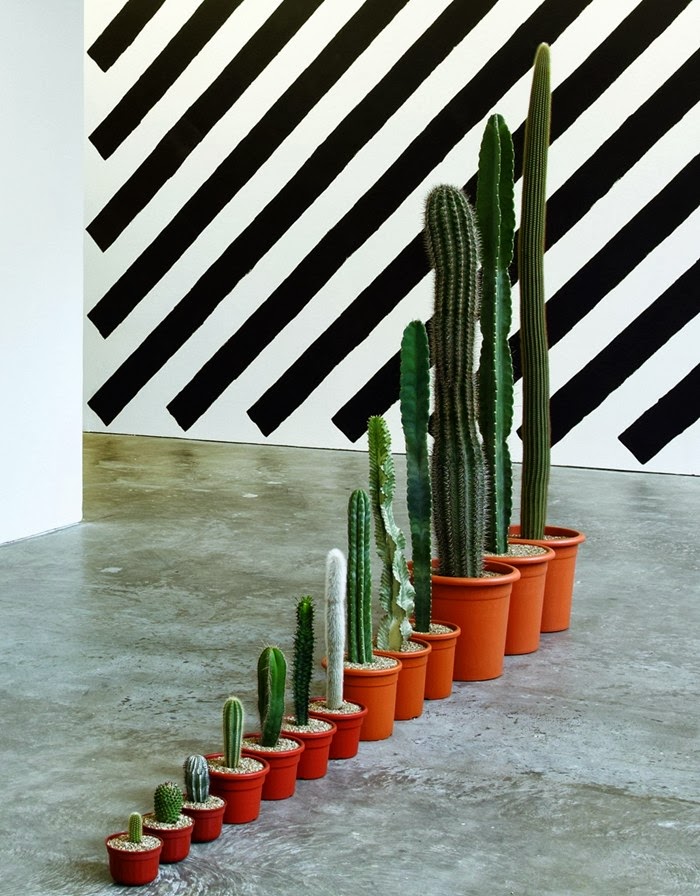Following a perilous incident with some rotating neon letters, Garageland reviewer Mary-Claire Wilson explores Martin Creed's decisively indecisive oeuvre at Hayward Gallery.
 |
| Work No. 1092 MOTHERS, 2011 |
Martin Creed is infamous for winning the 2001 Turner Prize
with his Work No. 227 the lights going on
and off, the deadpan title of which, as ever with Creed, says it all.
What’s the point of it? is the first
major survey of his art and spans his most minimal moments as well as his extravagant
room-sized installations. Creed’s slanted and playful take on what can be placed
in a gallery and called art will always be challenging. This is because Creed refuses
to make decisions. From this radical stance, nothing can be ruled out, which makes
anything possible. His material might be Blu-tack or broccoli. He might paint
without looking, or make a sculpture out of toilet paper. He embraces duality
and ambiguity. This is the inspiration for his work, its challenge and its
reward.
 |
| Work No. 79: some Blu-tack on a wall, 1993 |
The show’s opening piece is Work No. 1092 MOTHERS (2011), a huge wooden beam bearing the word
in foot-high neon, revolving just high enough to avoid decapitating
anyone. But only just. As well as juxtaposing
safety with danger, it forces the viewer to duck as soon as they enter, an
affective tour de force; a joke that brings physical jeopardy into the
intellectualised gallery space. Films depicting people defecating and vomiting
continue to play havoc with our instincts. Pushing duality to its limits, sick is
presented as painting and shit as sculpture.
Creed is fond of things that move and change – things that
refuse to make up their minds – whether these are biological processes or
objects. On the Hayward’s terrace stands Work
No. 1029 (2007–10), a video of a penis rising and falling, set against the
majestically erect buildings that line the River Thames. Many things go from
small to big, or from big to small, like sets of cacti plants, or pyramid piles
of boxes, chairs and toilet paper. Things go from on to off, or from closed to
open, as in Work No. 132 a door opening
and closing (1995), or Work No.990 a curtain opening and closing (2009). Things are repeated yet repeatedly
changed in Work No. 1000 (2009-10),
a monumental colour series comprised of 1000 prints made with broccoli.
 |
| Work No. 1000, 2009-10 |
While some changing
repetitions are comforting, some, like Work
No. 112 thirty-nine metronomes beating time, one at every speed
(1995-1998), are threatening. Repetition can impose order or can suggest chaos
and madness. Creed embraces both extremes. His series using the same-sized
paper in various ways, torn-up, scrunched, crumpled into a ball and then
flattened out, is a case in point. While the result is meaningless, the process
is methodical. Order and chaos sit side-by-side. This ethos is perfectly
expressed in the neon lettering of Work
No. 232 the whole world + the work = the whole world (2000), where Creed
uses mathematical formulae to express an impossible equation.
The balloon room
installation, Work No. 210 half the air
in a given space (1999) appeals to both the child and the scientist in us. The 'jumping paintings’, portraits painted on a canvas too high for Creed to easily
reach, and the ‘blind paintings’, portraits painted without being able to see
the canvas, epitomise his dislike of choosing, right down to where on the
canvas a brushstroke should go. Painted crosses feature ‘because they are
neither horizontal nor vertical.’ Even his outwardly cheery neon messages, like
Work No. 291 DON’T WORRY (2003), or Work No. 560 EVERYTHING IS GOING TO BE
ALRIGHT (2006), contain their opposite. If everything will be alright, there
must be a problem currently. To stop worrying, cause for concern must exist in
the first place.
 |
| Work No. 960, 2008 |
As for the numbers
that differentiate his works, Creed explains, ‘I didn’t want titles and I
didn’t want to say untitled.’ Of course. To find out more, you could go
to martincreed.com, which is both ‘the official and unofficial Martin Creed
website.’ You will find there the warning that ‘this site is neither under
construction nor complete.’ Of course. There
is no hierarchy of object or meaning for Creed, no absolute truths. His
perspective is quite unique in the artistic sphere, where artists, by
necessity, impose their vision upon us. Creed is brave enough to say that he
just doesn’t know what’s what, and clever enough to show us what not knowing
looks like. A wander around the Hayward
is a wander around his singular mind. What’s
the point of it? will be one of the best shows of the year.
Mary-Claire Wilson
 |
| A sheet of paper crumpled into a ball, 1995 |
What's the Point of it? is at Hayward Gallery (London, SE1) from 29 January 27 April 2014

No comments:
Post a Comment